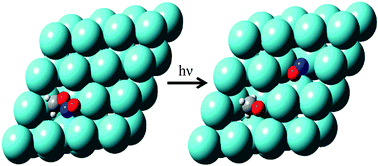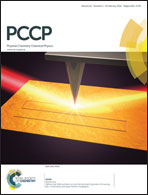Infrared spectra of free radicals and protonated species produced in para-hydrogen matrices
Abstract
The quantum solid para-hydrogen (p-H2) has emerged as a new host for matrix isolation experiments. Among several unique characteristics, the diminished cage effect enables the possibility of producing free radicals via either photolysis in situ or bimolecular reactions of molecules with atoms or free radicals that are produced in situ from their precursors upon photo-irradiation. Many free radicals that are unlikely to be produced in noble-gas matrices can be produced readily in solid p-H2. In addition, protonated species can be produced upon electron bombardment of p-H2 containing a small proportion of the precursor during deposition. The application of this novel technique to generate protonated polycyclic aromatic hydrocarbons (PAH) and their neutral counterparts demonstrates its superiority over other methods. The technique of using p-H2 as a matrix host has opened up many possibilities for the preparation of free radicals and unstable species and their spectral characterization. Many new areas of applications and fundamental understanding concerning the p-H2 matrix await further exploration.


 Please wait while we load your content...
Please wait while we load your content...